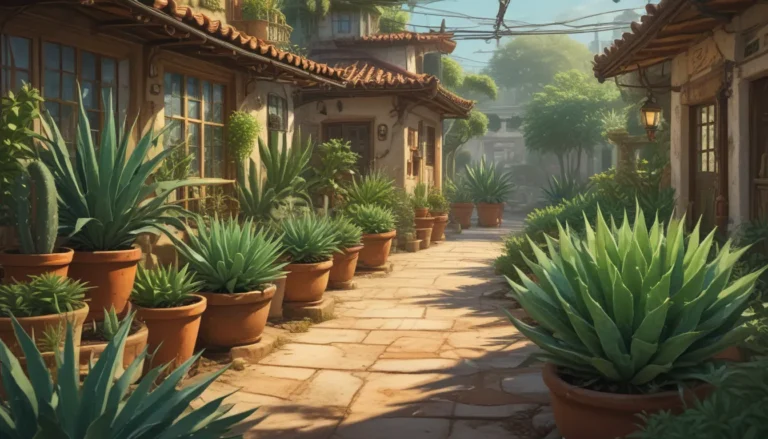Mastering the Art of Pruning: Understanding the Differences Between Old and New Wood

When it comes to pruning your trees and shrubs, references to “old” or “new” wood are common. But do you know the difference between the two? Understanding this difference is crucial because pruning the wrong type of wood can wreak havoc on your plant’s fruit or flower production for the next year.
In this comprehensive guide, we will delve into the world of pruning, exploring the nuances between old and new wood. By the end of this article, you will be equipped with the knowledge you need to confidently wield your pruning shears and enhance the health and beauty of your garden. So, let’s jump in and uncover the mysteries of old versus new wood pruning.
How to Prune Old vs. New Wood
Before we dive into the intricacies of old and new wood pruning, let’s get familiar with the basics. All perennials have both old and new growth, and mastering the art of pruning hinges on discerning between the two. Let’s take a closer look at how to differentiate between old and new wood and when to make those crucial pruning cuts.
Old-Type Species
Old wood, though it may sound antiquated, is essentially any growth that emerged before the current year’s dormancy period. It includes growth from the previous year that has had time to mature and develop. Many spring-blooming species fall under the category of old wood types, such as azaleas, lilacs, and forsythias.
When it comes to pruning old wood species, timing is key. These plants should be pruned right after they finish flowering to avoid interfering with the development of next year’s blossoms. If you miss this window, hold off on pruning until the following year to ensure you don’t cut off the critical growth responsible for future blooms.
New-Type Species
On the other hand, new wood refers to growth that emerges in the current year after the plant exits dormancy. Most summer- or fall-blooming species fall into this category, including plants like barberry, crepe myrtle, and rose of Sharon. When pruning new wood species, aim to trim them in late winter before new growth commences. Waiting until the buds have opened risks cutting off the growth that will produce flowers or fruit later in the year.
How to Tell the Difference
Distinguishing between old and new wood isn’t always crystal clear. Old wood typically has darker and harder bark, while new wood tends to be smoother and thinner. Take note of the thickness, flexibility, and appearance of the wood to identify its age. You can also observe the growth throughout the year, marking sections of new growth to compare with existing growth.
Remember, it’s essential to understand the difference between old and new wood to prune effectively and promote healthy growth in your plants. By paying attention to the characteristics of each type of wood, you can make informed pruning decisions that benefit your garden.
Is Hard or Soft the Same as Old or New Wood?
It’s crucial to clarify any confusion between wood hardness and age when pruning. Some may mistake hardwoods and softwoods for old and new wood, respectively. However, these terms refer to different classifications of trees based on their seed production method. Softwoods are gymnosperms, including conifers like pines and cedars, while hardwoods are angiosperms that produce flowers and fruits.
Remember, the distinction between old and new wood is not related to wood hardness. Both hardwood and softwood trees have old and new growth, regardless of their wood density.
Everything Old Is New Again
Pruning can seem daunting, but with a solid understanding of old and new wood, you can navigate the process with confidence. Whether you’re caring for spring-blooming beauties or summer blossoms, timing is crucial for maintaining healthy, vibrant plants. Remember, gardening is a learning process, and mistakes are part of the journey.
By following these general guidelines and honing your pruning skills, you can ensure your garden thrives with lush foliage and abundant blooms. Share your experiences with pruning old and new wood species in the comments below. We’d love to hear about your gardening adventures!
For more in-depth guidance on pruning and plant maintenance, consider exploring our detailed resources:
- How and When to Do the Chelsea Chop – Your Guide to Fall and Spring Perennial Cutbacks and Pruning – How to Prune Blooming Plants in Spring
Master the art of pruning and watch your garden flourish with vitality and beauty. Happy gardening!
In this extensive guide, we’ve explored the nuances of old and new wood pruning, providing you with valuable insights to enhance your gardening skills. By mastering the art of pruning and understanding the differences between old and new wood, you can bring new life to your garden and elevate your horticultural expertise. So, grab your pruning shears and embark on a journey of growth and transformation in your garden.





